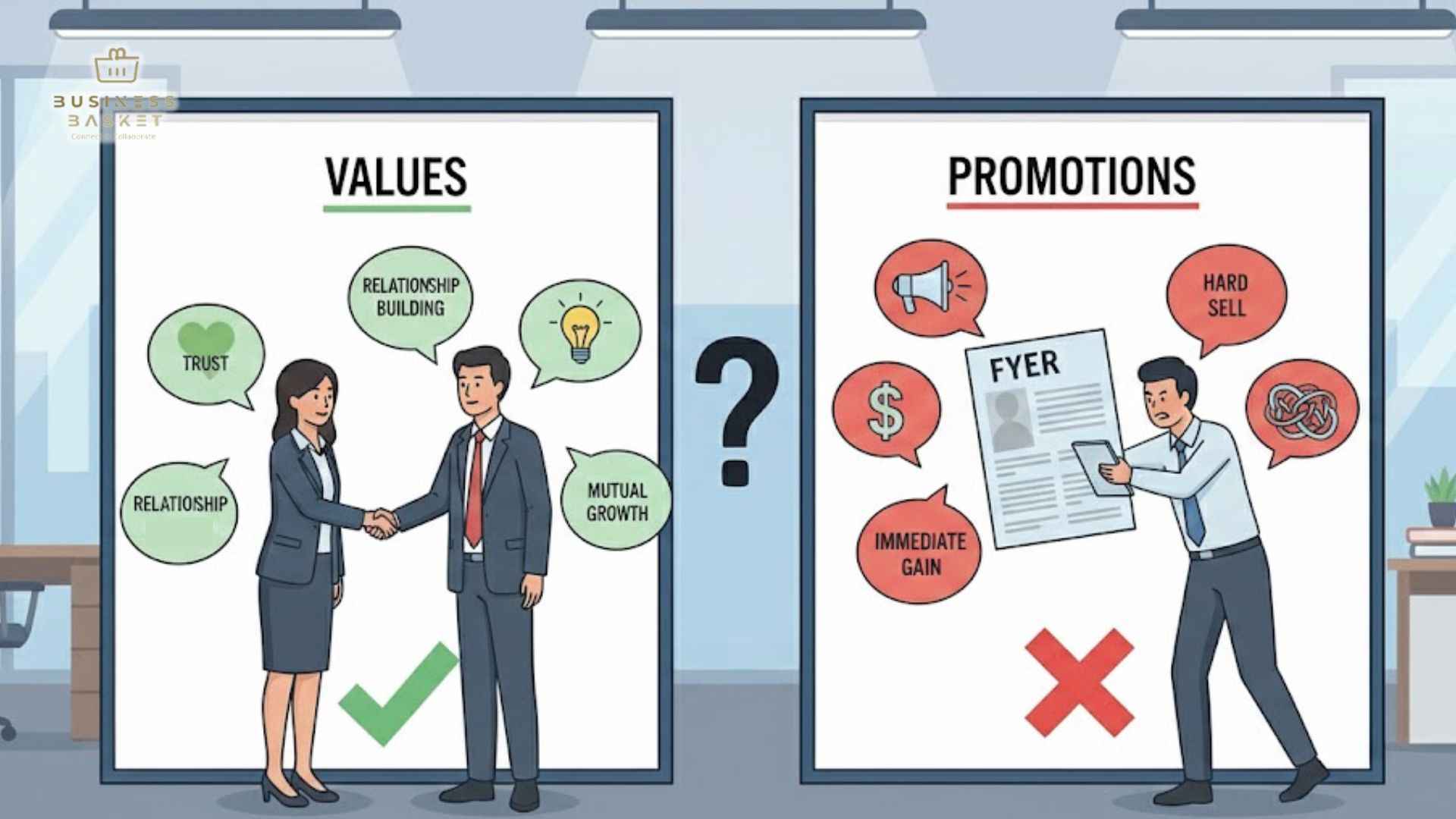In business, decisions are like traffic lights—you encounter them at every turn. Some flash green with obvious momentum, others leave you stuck at red, uncertain whether to go left, right, or wait it out. From choosing which client to pursue to deciding when to pivot a strategy, decisions shape the direction—and speed—of your growth.
But if decision-making is so routine, why does it still feel like a mental minefield for so many professionals?
Spoiler: it’s not about how often we make decisions, but how well we navigate them.
Why Decision-Making Feels Difficult
1. Fear of failure:
The pressure to make the “right” choice often creates fear. People worry about the consequences of a wrong decision, especially when resources, reputation, or stakeholders are at stake.
2. Information overload:
With access to endless data, many fall into “analysis paralysis”—overanalyzing options to the point of inaction.
3. Conflicting priorities:
Business goals don’t always align neatly. Growth might come at the expense of short-term profitability, and innovation might threaten operational stability.
4. Lack of confidence:
In uncertain environments, individuals may doubt their expertise or feel unequipped to lead a decision.
How to Decide Effectively: A Strategic Framework
Here’s a practical approach to improve decision-making in business contexts:
1. Clarify the Objective
Start with the end in mind. What are you trying to achieve? Set a clear goal and understand the “why” behind the decision. This filters out distractions and aligns your choices with your overall vision.
Tip: Frame your decision as a problem statement. Instead of “Should we expand?”, ask, “How can we increase revenue by 20% within 12 months?”
2. Gather Relevant Information
Identify what information is essential, not just what’s available. Understand market trends, customer needs, costs, and possible risks—but don’t get lost in endless research.
Tip: Set a time limit for research to avoid decision fatigue.
3. List the Options and Weigh the Pros and Cons
Use a decision matrix or SWOT analysis to compare options. Evaluate based on cost, effort, risk, alignment with goals, and potential ROI.
Tip: Include both short-term and long-term implications in your analysis.
4. Consult, But Don’t Crowdsource
Getting perspectives from stakeholders or mentors is smart—but avoid trying to please everyone. Ultimately, the decision-maker must own the outcome.
Tip: Use the 70% rule—if you have 70% of the necessary information, act. Waiting for 100% clarity can mean missing opportunities.
5. Trust Your Experience (and Intuition)
Data informs you, but experience empowers you. Sometimes, instinct based on pattern recognition and past outcomes can be just as valid as analytical reasoning.
6. Make the Decision—and Communicate It
Once a decision is made, act swiftly and communicate clearly to your team. Explain the rationale to build trust and ensure alignment.

7. Review and Reflect
After implementation, review the results. What worked? What didn’t? Learn from it. Decision-making is a skill that improves with reflection.
Final Thought
Effective decision-making doesn’t mean always being right—it means being intentional, strategic, and adaptable. In business, progress often comes not from perfect decisions, but from consistent, informed, and courageous ones.
If you find yourself frequently stuck in the decision-making loop, take a step back and remember: clarity beats perfection, and action breeds momentum.
Join Sg Biz Lobang Telegram Channel to inspire your business dreams with tips, advice, and market insight.
________________________________________
This blog features articles by guest writers from Lepakcreator.com
(Credits: Pexels)





